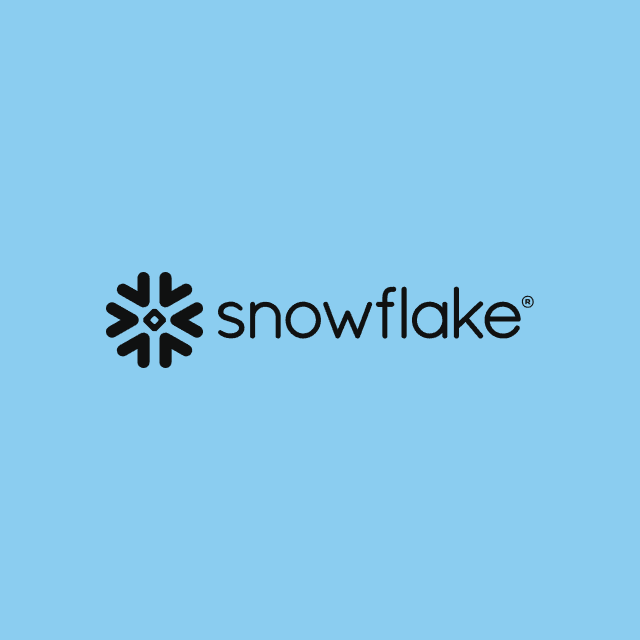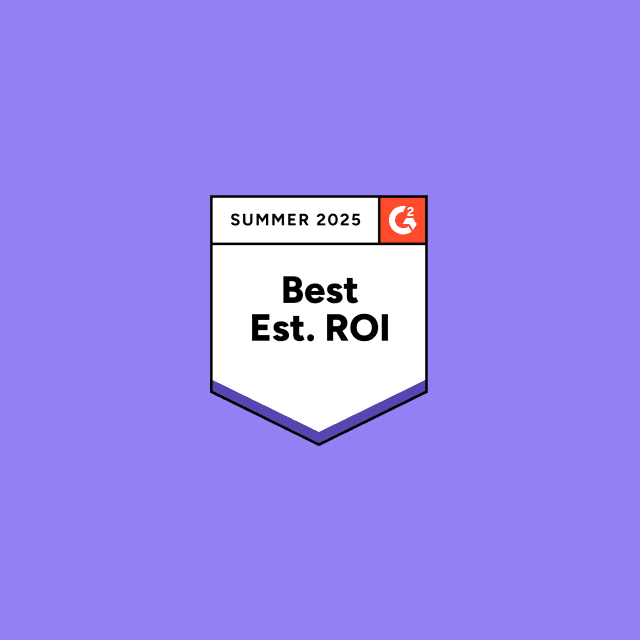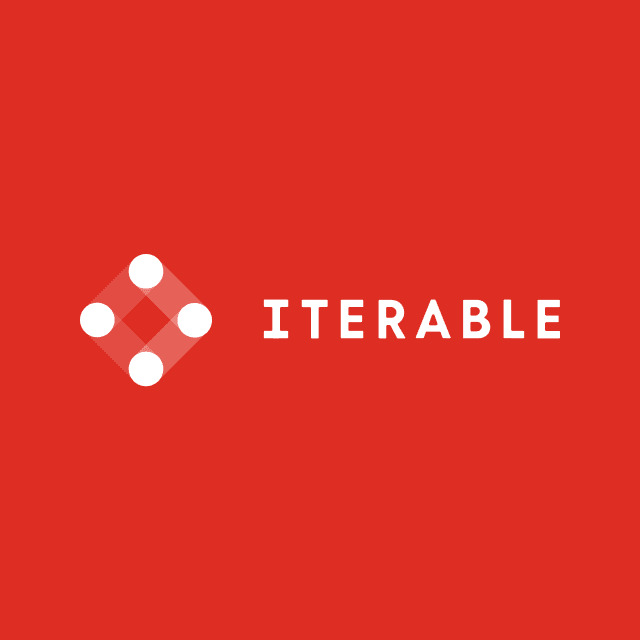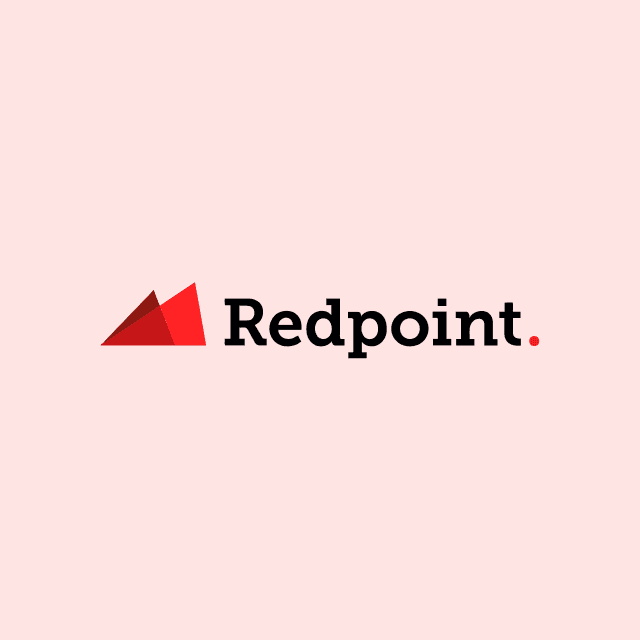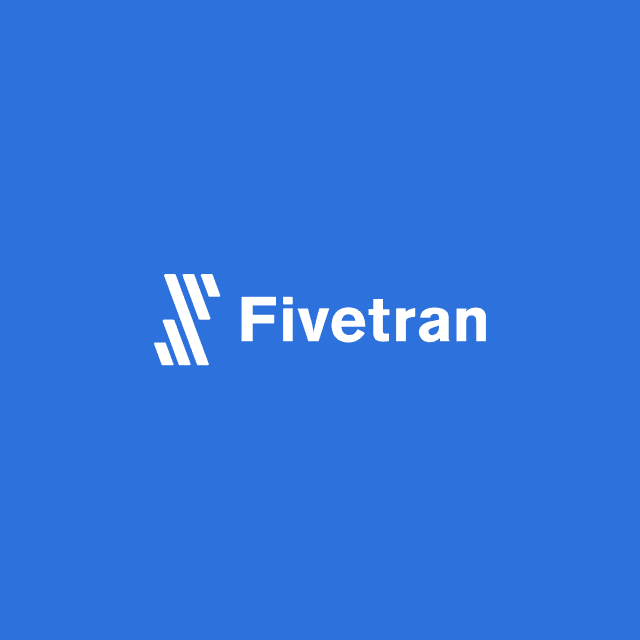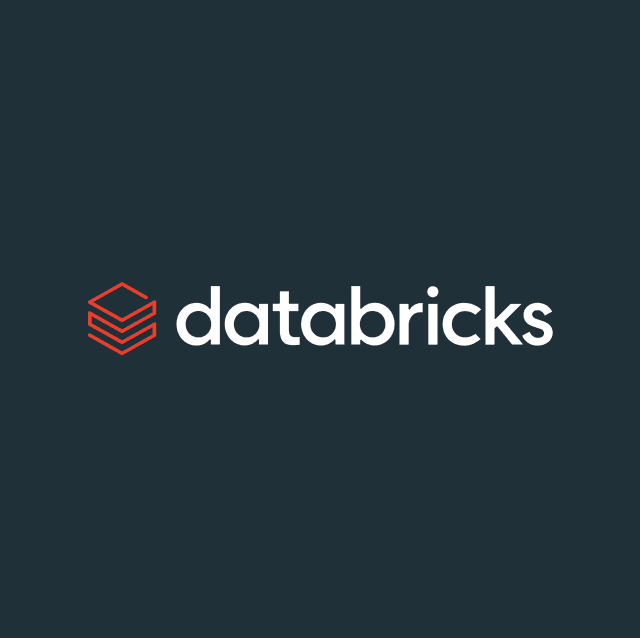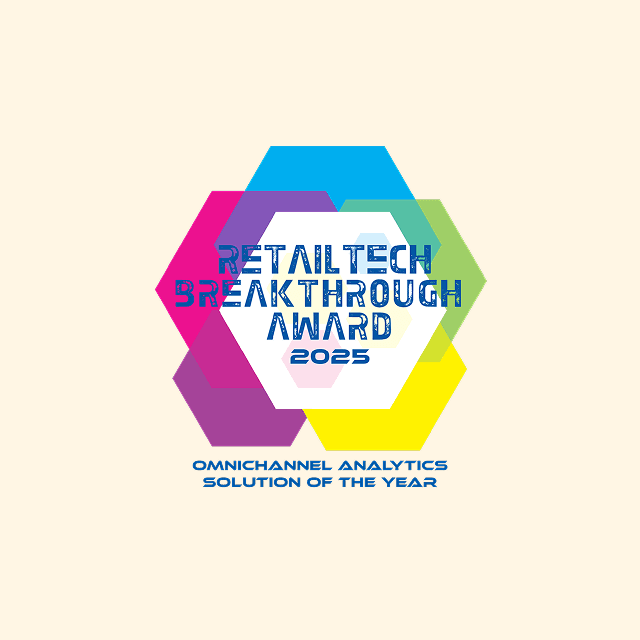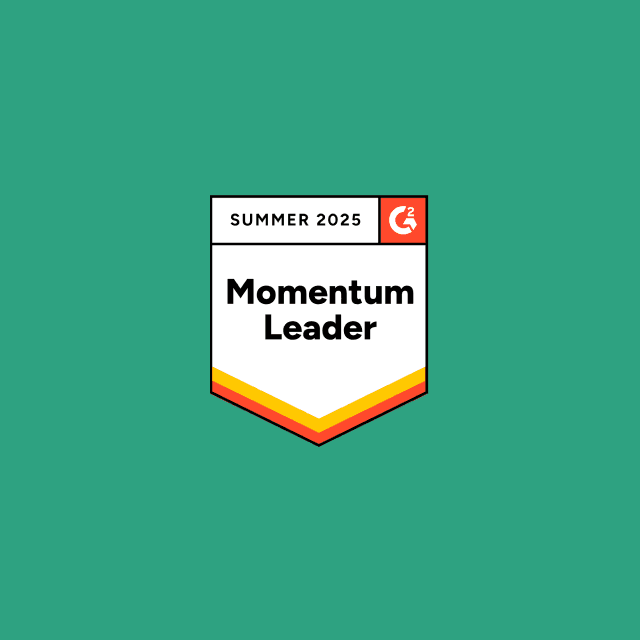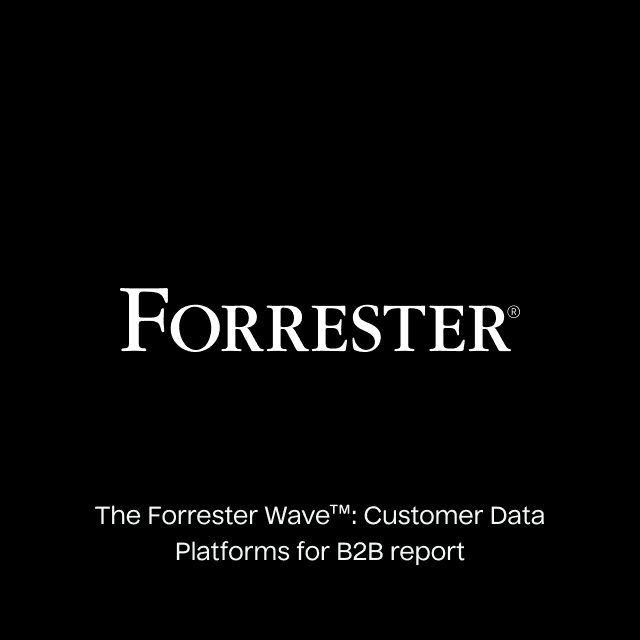McKinsey found that between two companies using the same tactic, the one that personalized their efforts drove 40% more revenue. The reality is that customers want and expect personalization. The company delivering on this expectation will reap the benefits, and customer data platforms are the key to personalization. Customer Data Platforms (CDPs) are the most effective way of achieving a high level of personalization for each customer.
In this article, we’ll cover:
- What is a customer data platform (CDP)?
- What are the core components of a CDP?
- The different types of CDPs
- CDP use cases
- How to choose the right CDP
- The best enterprise customer data platforms
What is a customer data platform (CDP)?
A Customer Data Platform (CDP) is a solution that enables you to collect, store, model, and activate customer data. The purpose of a CDP is to provide a centralized platform to create unified customer profiles and build personalized experiences.
These platforms help consolidate first-party data into a central database, bridging data and marketing teams to solve two key functions:
- Helping your data teams collect, unify, and move data between systems more efficiently
- Enabling your marketing teams to build self-serve audiences for marketing campaigns
What are the core components of a CDP?
At a high level, CDPs provide a central platform or interface where you can easily connect behavioral events, bring in data from other sources, and then route that data to other marketing applications. Architecturally, every CDP has five basic components:

Event collection
Event collection is the backbone of any CDP. All CDPs provide out-of-the-box software development kits (SDKs) or code snippets you can implement on your website or mobile app to track user actions and traits. Once you’ve deployed an SDK, whenever a user takes an action (e.g., add-to-cart), that behavioral data is stored in your CDP or forwarded to a destination of your choice.
Identity resolution
Identity resolution is essential for unifying customer datasets and touchpoints across data sources. It links all customer interactions, both offline and online, to understand the entire customer journey. CDPs solve this by merging and de-duplicating customer data into rich identity graphs and stitching sessions and identifiers back to specific profiles. For example, if a user visits your website and purchases a product later, identity resolution connects those sessions in one profile.
Audience management
CDPs include a visual user interface and audience builder to create customer segments and personas without SQL. Using filters and boolean logic, you can aggregate records based on defined criteria (e.g., users who abandoned their cart in the last seven days). This capability empowers marketing teams to create specific audience segments for campaigns.
Data activation
CDPs integrate with various operational tools for data activation, such as ad platforms, lifecycle marketing tools, or CRMs. They automatically connect with third-party APIs, eliminating the need for data teams to build and maintain pipelines. You define the data points or attributes you want to sync, and the CDP handles the rest.
AI capabilities
Modern CDPs are increasingly integrating artificial intelligence (AI) and machine learning to use existing customer data to maximize your business outcomes, like driving cross-sells or boosting retention, by learning the optimal experience for each customer and delivering it on a one-to-one basis. AI also unlocked the power of scale, which can automate tasks at a scale impossible with human invention.
The different types of CDPs
There are five types of CDPs:
| Platform | Description |
|---|---|
| Traditional CDPs | A traditional CDP is a packaged solution that hosts and manages data within its own proprietary system(s). |
| Composable CDPs | A Composable CDP is an unbundled solution that collects, models, and activates customer data from your existing infrastructure. It operates without ever storing your data and integrates with your existing data assets, making it much more flexible and faster to implement. |
| Hybrid CDPs | A hybrid CDP combines the previous two solutions. A CDP's features are bundled into one packaged platform, but the architecture is backward compatible with your data warehouse. |
| Infrastructure CDPs | An Infrastructure CDP acts more like a data management platform. Whereas other CDPs are built to be marketer-friendly, infrastructure CDPs are built to help data teams solve more upstream use cases like event collection and identity resolution. |
| Marketing Clouds | A Marketing Cloud is an extensive product suite offered by a large software company (e.g., Salesforce, Adobe, Oracle, etc.) These companies bundle various data and marketing products into larger product suites, but they often have limited usability and cannot integrate with tools outside of their specific ecosystem. |
CDP use cases
While the lofty promise of Customer 360 is one of the major driving forces for all CDP adoption, companies usually choose to implement a CDP for one of the following use cases:
| Use Case | Overview |
|---|---|
| Paid media | Leveraging customer data to optimize advertising campaigns by targeting specific audience segments, suppressing customers, and sending conversion events to improve ad relevance and maximize return on ad spend. |
| Loyalty | Enhancing loyalty programs by using customer insights to deliver personalized rewards, offers, and experiences that increase customer retention and lifetime value. |
| Data onboarding | Uploading audiences to ad platforms like Google or Facebook so you can retarget, suppress, or identify lookalike audiences. |
| Lifecycle marketing | Building personalized customer journeys across multiple marketing channels like SMS, email, push, etc, to engage customers at different stages of their lifecycle. |
| Sales enablement | Providing sales teams with real-time access to comprehensive customer profiles and insights, enabling them to tailor interactions and improve sales effectiveness. |
| Journey building | Building and orchestrating multi-touch marketing campaigns across channels and triggering automated workflows based on specific customer interactions, helping to create a seamless customer experience. |
| Customer support | Equipping support teams with a unified view of customer interactions and preferences to offer faster resolutions and more personalized support experiences. |
How are other companies using CDPs?
If you want to know how valuable CDPs are and what they can do, various companies use them in action.
- PetSmart is personalizing their marketing campaigns at a scale of 65M members, leading them to deliver double-digit growth year over year.
- bol.com powers their retail media with a CDP, leading to an increase in audience reach of 109% and raising click-through rates for all brand ads by 33%
- Morning Brew powers their entire multi-million dollar media empire with a CDP.
- Collectors is increasing their customer engagement by 125% to drive incremental revenue.
How to choose the right CDP for you?
To select a CDP, create a CDP use case roadmap and identify:
- Use cases: What is the key problem you’re trying to solve?
- Existing Technologies: What technology do you currently have in place?
- Stakeholders: Who will use the CDP?
- Existing data assets: What customer data do you already have access to, and what customer data do you need available in your CDP?
- Marketing applications: What marketing applications will your CDP power (e.g., where do you need to send data to?)
- KPIs: How will you be measuring the success of your CDP deployment?
Ultimately, choosing a CDP should depend on your specific use case. You should never buy technology just for the sake of technology.
For the most basic version of a CDP, you can expect to pay between $50,000 and $150,000 annually. For larger companies with more data, this can quickly get into hundreds of thousands or millions of dollars per year. The overall cost is directly linked to two factors:
- Features: the number of features you need/want within your CDP (e.g., event tracking, identity resolution, audiences, journeys, analytics, etc.)
- Data Volume: the number of monthly tracked users (MTUs) stored in your CDP and the number of destinations you send that data to.
You can also use a CDP RFP to have a greater understanding which CDP is right for you.
The best enterprise customer data platforms
There are a lot of CDPs available on the market today. With that in mind, here’s a quick summary of the top ten enterprise customer data platforms:
| Vendor | CDP Category | Overview |
|---|---|---|
| Hightouch | Composable CDP | Hightouch was founded in 2019 by former Segment engineers. Unlike traditional CDPs, the platform doesn't store data and integrates with your existing data warehouse. It's designed to adapt dynamically to unique data and business-specific use cases. |
| Salesforce Data Cloud | Marketing Cloud | Salesforce Data Cloud is Salesforce's newest offering to tap into the customer data world. It was launched in 2021 as an underlying data layer for the entire Salesforce ecosystem. |
| Adobe Real-Time CDP | Marketing Cloud | Adobe Real-Time CDP was launched in 2021 to pair with Adobe’s existing customer data offerings and to give marketing teams already heavily invested in the Adobe ecosystem an easy way to unify and manage customer profiles. |
| Segment | Traditional CDP | Founded in 2012, Segment is one of the earliest and most well-known CDPs. The platform has a robust event collection framework but has struggled to meet the demands for other marketing-related features. |
| mParticle | Traditional CDP | mParticle specializes in mobile app use cases. Founded in 2012 as a competitor to Segment, it has recently invested heavily in warehouse-centric capabilities like Reverse ETL. |
| Amperity | Traditional CDP | Amperity was founded in 2016, focusing on identity resolution. The platform has since expanded, and the company is now pushing their new lakehouse architecture. |
| Treasure Data | Traditional CDP | Treasure Data was created in 2011 as an analytics and engineering platform for data teams. However, it pivoted into the CDP space after realizing that many of its customers' use cases were marketing-related. |
| RudderStack | Infrastructure CDP | Rudderstack was founded in 2019 as an open-source alternative to Segment’s event collection framework. It has since expanded to help data teams create a solid data foundation for powering downstream operational use cases. |
| SimonData | Composable CDP | Simon Data was founded in 2014 originally as a messaging platform for marketing teams but pivoted into a Composable CDP solution built to run on top of Snowflake. |
| ActionIQ | Hybrid CDP | ActionIQ was founded in 2014 as an alternative to Segment and mParticle. With the demand for more warehouse-native capabilities, the company has recently become a hybrid CDP. |
Closing Thoughts
The main reason so many companies are rushing to implement a CDP in their company (according to IDC 50% of the Global 2000 companies are expected to adopt CDPs by 2024) is how helpful they are at driving your business outcomes. They provide you with a single tool to help you improve your audience targeting and personalization, ultimately improving how you acquire and retain customers. Companies like PetSmart, bol.com, and Ramp use Hightouch to improve customer experience and increase loyalty. Book a demo with one of our solution engineers to learn more.




